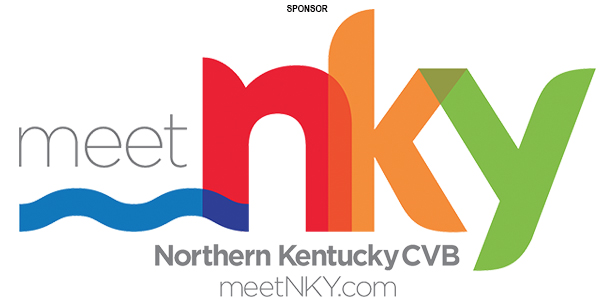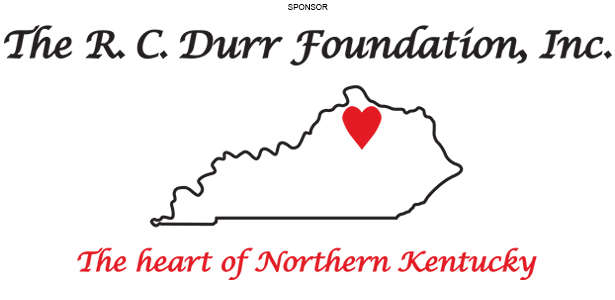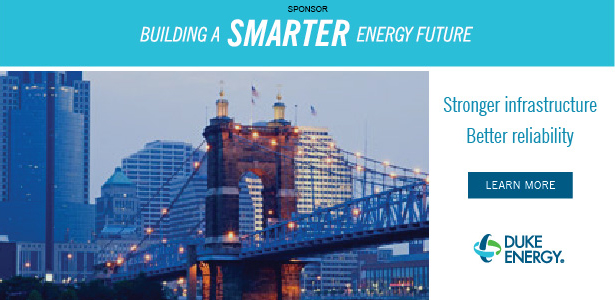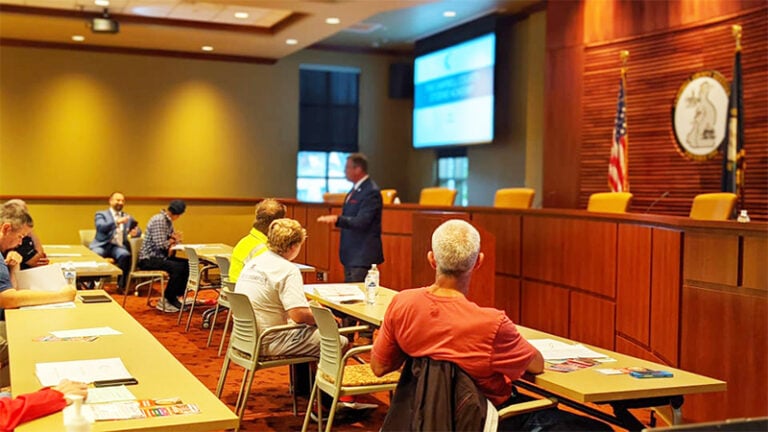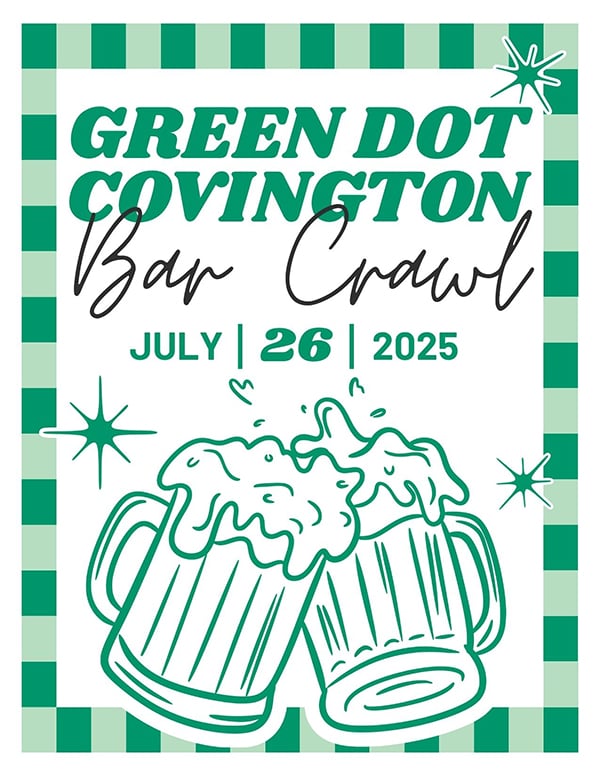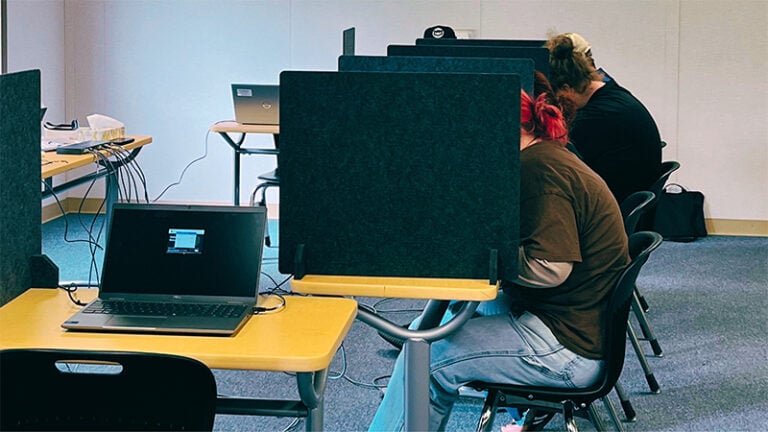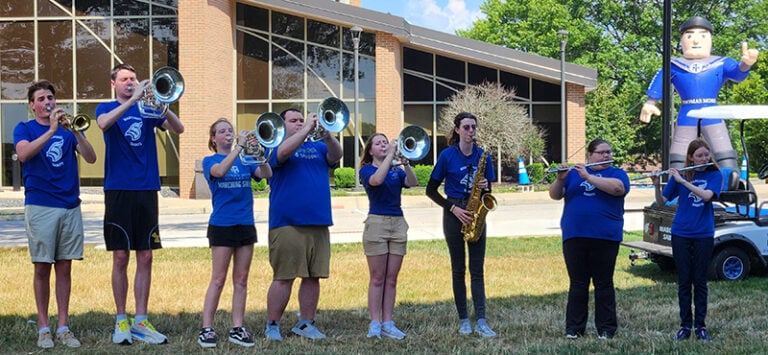Staged auto accidents occur when one or more drivers maneuver an unsuspecting motorist into a vehicle crash in order to file a fraudulent insurance claim. According to the FBI, staged auto accidents cost the insurance industry more than $20 billion each year. These costs are often passed on to consumers in the form of higher insurance premiums, averaging an extra $100-$300 per car per year.
According to an article FoxBusiness.com The rise in staged accidents contributes to the overall increase in auto insurance premiums. In the first half of 2024, the average U.S. rate for full auto insurance surged to $2,329, marking a 15% increase from 2023 and a 48% spike compared to 2021.

Criminals often target new, rental, or commercial vehicles because they tend to be well-insured. They also prey on women driving alone and senior citizens, who are perceived to be less confrontational.
The frequency of staged accidents has been increasing, particularly in high-traffic states like California, New York, and Florida. For example, California recorded the highest number of staged accidents in 2023 with 5,366 cases, followed by New York with 1,729, and Florida with 1,110.
While specific numbers for staged accidents aren’t always available, insurance fraud, including staged accidents, is a recognized issue. Kentucky, like many states, has seen an increase in fraudulent claims, which can include staged accidents. According to Kentucky’s Office Highway Safety Urban areas with higher traffic volumes, such as Louisville, Lexington and NKY, are more likely to experience higher rates of staged accidents due to the increased opportunity for collisions.
Staged auto accident scams are fraudulent schemes designed to make it appear as though an accident has occurred, allowing the perpetrators to file false insurance claims. Here are some of the most common types:
 Keven Moore works in risk management services. He has a bachelor’s degree from the University of Kentucky, a master’s from Eastern Kentucky University and 25-plus years of experience in the safety and insurance profession. He is also an expert witness. He lives in Lexington with his family and works out of both Lexington and Northern Kentucky. Keven can be reached at kmoore@higusa.com
Keven Moore works in risk management services. He has a bachelor’s degree from the University of Kentucky, a master’s from Eastern Kentucky University and 25-plus years of experience in the safety and insurance profession. He is also an expert witness. He lives in Lexington with his family and works out of both Lexington and Northern Kentucky. Keven can be reached at kmoore@higusa.com• The “drive down”: This scam can occur when you’re attempting to merge and another driver waves you forward. Instead of letting you in, the driver will slam into your vehicle. After the incident, the driver will deny ever motioning you, claiming you merged without looking.
• The “swoop and squat”: This scam entails one “squat” vehicle driving beside you while another vehicle suddenly “swoops” in front of you, causing a rear-end crash. After the incident, passengers in the “swoop” vehicle will file bogus injury claims with your insurance company—with passengers in the “squat” vehicle supporting the claims.
• The “T-bone”: This scam can happen when you’re crossing an intersection and a vehicle approaching from a side street accelerates and hits your vehicle. When the police arrive, the driver and several planted “witnesses” will claim that you ran a red light or stop sign.
• The “panic stop”: This scam entails a driver operating a vehicle filled with other passengers and pulling out in front of you. From there, the passengers will watch you until you appear distracted, then tell the driver to slam their brakes in front of you—causing you to unsuspectingly rear-end their vehicle and leaving you responsible for the damages.
• The “sideswipe”: This scam typically occurs at a busy intersection with dual left-turn lanes. The driver will position their vehicle across from you in the outer lane, then sideswipe your vehicle as you drift from the inner lane—making the accident look like your fault.
The Kentucky Office of Highway Safety and local law enforcement agencies work to identify and prevent staged accidents through various initiatives and public awareness campaigns. If you suspect a staged accident, it’s crucial to report it to both the authorities and your insurance company. They can investigate and take appropriate action to address the fraud.
I advise all our clients to train their company drivers to gather and document as much information as possible, no matter how insignificant it may seem.

To protect yourself or your employer from staged auto accidents, always drive defensively and avoid tailgating. If you get into an accident, call the police immediately. Be cautious of unsolicited tow trucks, as they may be scammers. Document the accident by taking photos and videos, and write down details about the vehicles, drivers, and passengers involved. Collect contact and insurance information from all parties. Contact your insurance agent right away to file a claim, and only consult trusted professionals for medical, repair, and legal assistance.
Staged auto accidents are a serious problem that can have significant financial and safety implications. By staying alert, documenting everything, and knowing your rights, you can protect yourself from becoming a victim of this type of fraud.
If you suspect that you have been involved in a staged accident, report it to the authorities and your insurance company as soon as possible. Taking these steps can help you avoid the pitfalls of insurance fraud and ensure that you are not unfairly held responsible for someone else’s criminal actions.
Be Safe My Friends!

